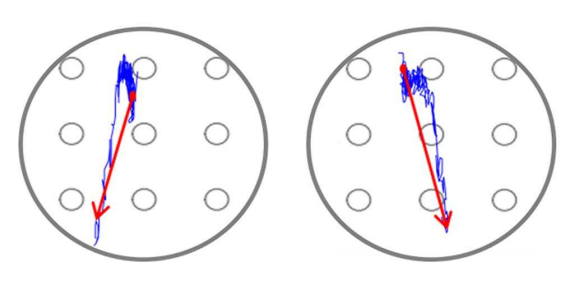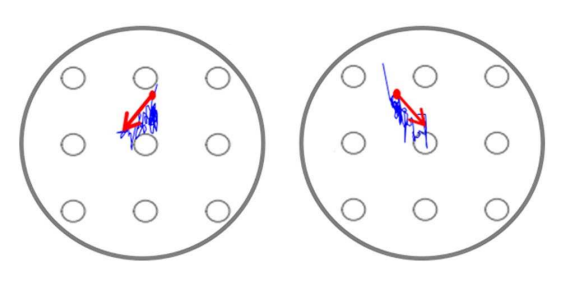In healthy, or pain free humans, when undertaking a series of repeated or potentially fatigue inducing tasks, the muscle will redistribute activity to different regions of the muscle, hence minimising the load on one particular region. This is a mechanism that is proposed to help reduce localised fatigue, or the onset of pain, as it was seen that patients with chronic musculoskeletal pain didn’t redistribute activity to different regions of the muscle throughout the duration of tasks.

Centroid of a healthy control subject

Centroid of a lower back pain subject

Graphics reproduced from Abboud, J., Nougarou, F., Pagé, I. et al. Trunk motor variability in patients with non-specific chronic low back pain. Eur J Appl Physiol 114, 2645–2654 (2014). https://doi.org/10.1007/s00421-014-2985-8
Patients and athletes who can mitigate against pain and/or fatigue tend to redistribute muscle fibre recruitment to different regions of the muscle during repetitive or sustained tasks. This enables them to still produce the sufficient force to complete the task, but without inducing localised overload on a specific region of the muscle.
By using HDsEMG, it is possible to assess if changes in regional activation occur which could minimize the effect of localized, persistent, and reoccurring pain or fatigue.
